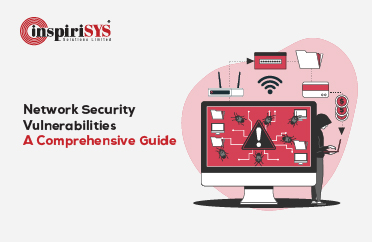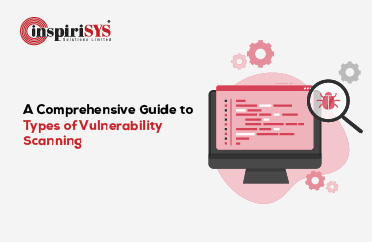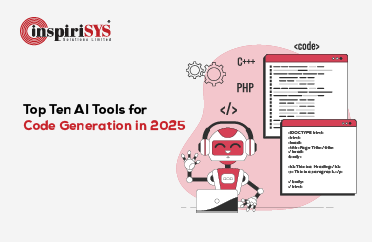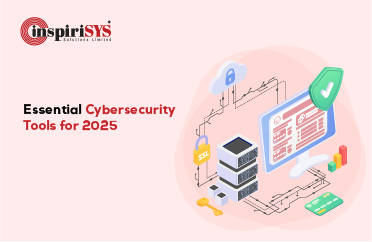2021 saw the highest number of data breaches in the last few years. Data breach costs in the US rose from USD 3.86 million to 4.24 million, the highest average cost in 17 years.
A number of high-profile data breaches have been in the news since the pandemic, putting the onus on small and medium businesses (SMBs) to be extra vigilant against cyber attacks which could badly impact their business. Modern hackers have started devising ingenious methods, including social engineering to manipulate employees into sharing their private and confidential information. Let us first understand how social engineering works.
How does Social Engineering Work?

Social engineering is one of the most common types of cyber attacks and among the most efficient. Experienced cyber criminals consider social engineering to be the weakest link in the security chain, where end users are either targeted over the phone or online.
To successfully carry out social engineering attacks, a hacker simply assumes the identity of a real individual who tricks users into revealing personal and confidential information. These attacks do not require an impressive skillset,but are simpler in nature. The easy availability of phishing kits and emergence of ransomware-as-a-service (RaaS) has made it far easier for them to hack into accounts.
Hackers often use real communication to reach out to their potential victims. This communication could either be carried out over a single email or be carried on for months, through email, calls or chat. Over the phone, cyber criminals may pose as employees of a renowned organization, bank or ISP. They will then ask them standard questions to gain the trust of the targeted victim and eventually get their login and password credentials, which they will hack.
Organizations need to be able to recognize social engineering attacks like these on time and prevent them from succeeding. Having advanced enterprise security software solutions can go a long way in preventing these attacks.
Help protect your organization and employees from social engineering threats. Here are some common techniques that should raise red flags and help you mitigate social engineering attacks:
Connection with the Target

Hackers will try and find something in common with their victim. In order to achieve this, they will do intensive research on their target. Social engineers first target and observe the behavioral patterns of employees with initial access, such as security guards or receptionists. They will then scan the person’s social media profiles for additional information and further study their online and personal behavior. This will help them design an attack based on the information collected and exploit any weaknesses uncovered.
Time Sensitive Demands
Once the hacker builds a personal relationship with the prospective victim, he/she will lie to gain access to more privileged data. For instance, they may pretend to need personal or financial data to confirm the identity of the recipient, or send an email conveying urgency, saying they have a presentation in a few minutes and can't remember their login details. This sets up the victim to share their login details.
Requests from a Superior
To successfully implement social engineering attacks, hackers may even impersonate their victims' superior. For instance, the boss of an unnamed energy firm was recently tricked into transferring a large sum of money after a phone call from what appeared to come from his boss at the German parent company.
Trivial Favors
The hacker might ask for seemingly trivial favors. For instance, they might ask the victim to download a file, saying that it didn’t open with their version of the software. This link will then install malware which will give hackers access to the network of the enterprise.
Creating a Herd Mentality
Hackers could instill the fear of missing out by pointing you out for not doing something correctly. They will encourage you to not miss out on what other employees are doing by adding timelines to the mix.
Pressure Tactics
If none of the other tactics work, they can trick the victim into thinking that their computer has been infected with malware or that they have unintentionally downloaded illegal content. The hacker will then offer the victim a solution to get rid of the problem. This might actually turn out to be malware.
Awareness of enterprise security solutions can go a long way towards preventing social engineering attacks of any magnitude. If people are trained in advance about what kind of social engineering attacks they may face, they will be less likely to become victims. On a smaller scale, organizations should have secure email and web gateways to scan emails for malicious links and filter them out. This will reduce the likelihood of a staff member clicking on one.
How InspiriSYS' Enterprise Security Solutions can Help

Every day, new ways and strategies of social engineering attacks emerge. Organizations should be able to easily recognize some of the most common social engineering attacks by now. Businesses must conduct security awareness training programs to protect their employees and senior staff members from social engineering attacks. To protect your enterprise from social engineering attacks, you need well-educated staff and highly secure systems. Practicing proper cyber safety goes a long way in avoiding security breaches of any kind. At InspiriSYS, we empower you with powerful Incident Response, Advanced Malware Defense, Threat Intelligence, Analytics and a whole range of enterprise security solutions. Our enterprise security practice follows a tri-model solutions framework which will preempt cyber attacks and keep your digital assets protected 24/7. InspiriSYS has over two decades of experience in providing best-in-class security solutions for your business. Get in touch with us for robust cybersecurity solutions.











